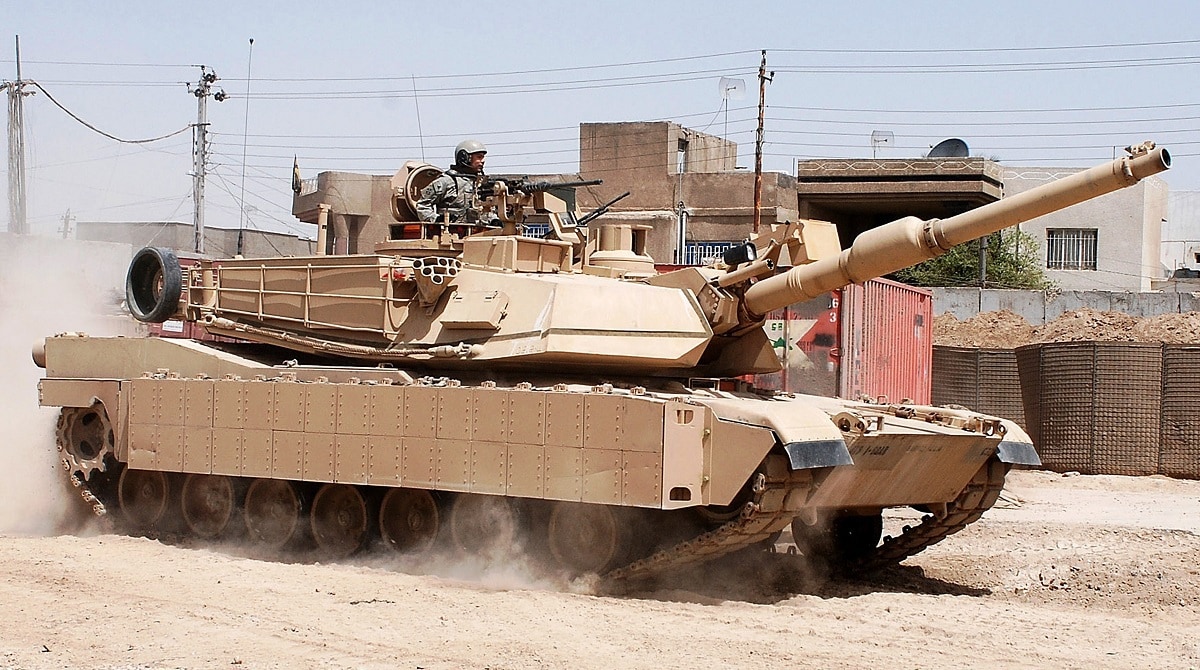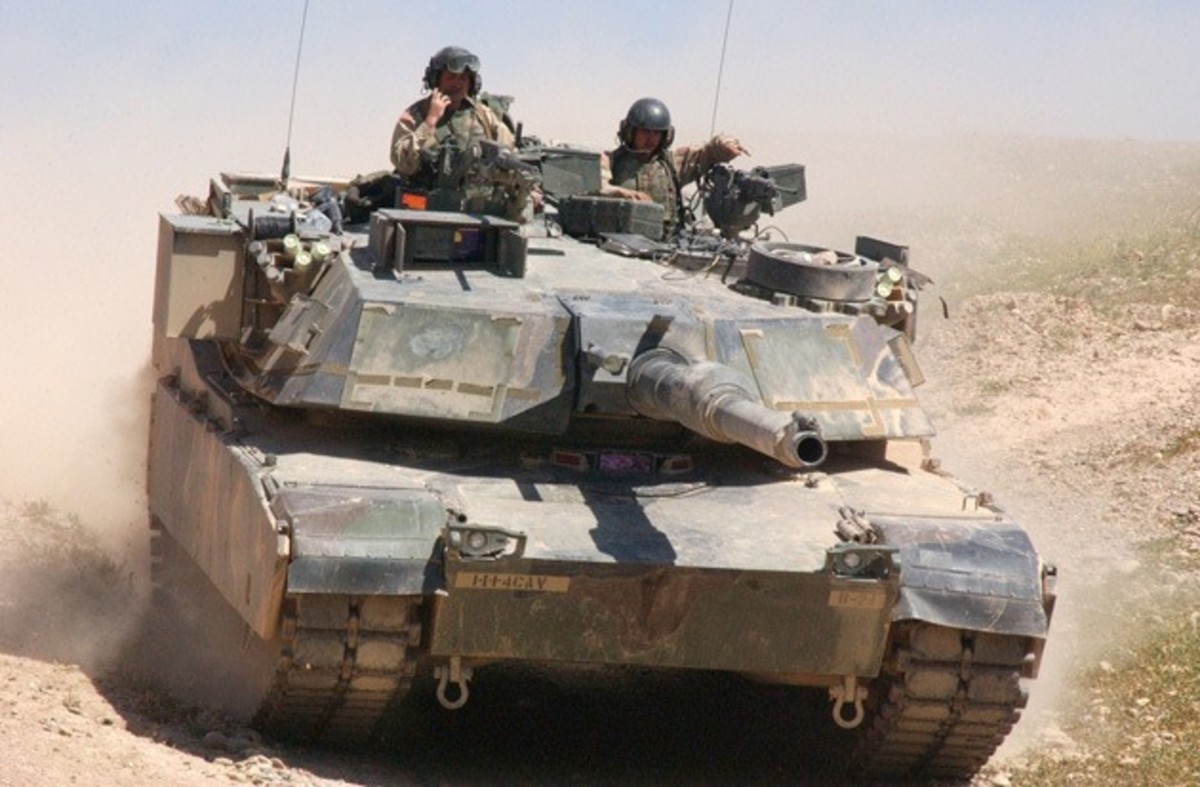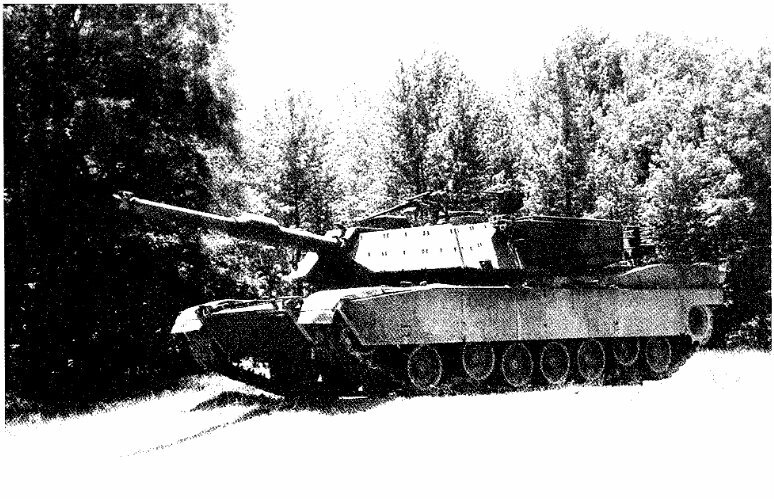The Army, maybe, but neither the Air Force nor the Navy are particularly strapped for cash. But that's mostly because the Army is a bit stupid. So maybe they'll learn to spend money on simple things that actually matter instead of stupid stuff, which isn't bad. We're already seeing some fruit of this with XM1299 ERCA. How much further can the Army go when it's forced to think with its head instead of wallet?
Since there's very few gobsmackingly stupid boondoggles going on right now, Strategic Long Range Cannon being the elephant in the room, and quite a few genuinely good and capable upgrades, like this VPX based bus, and the new high density powerpack for Bradley, and Precision Strike Missile. IFCS is also coming in, with the Israeli Iron Dome, which is proven and capable for the job its been picked for. All of that probably wouldn't exist if the Army had enough money to think about doing something beyond basic maintenance of its existing vehicle fleets and improving current weapon systems.
The early 1990's, like the early 1970's period of fiscal famine, was something of a renaissance for the US Army weapons development. It seems like any time they're given money, they end up wasting it on something that is either impossibly ambitious and way too far forward thinking (Pentomic Divisions) or just sorta dumb (FCS). Perhaps the '20's can be the same.
Not really, I'm afraid. People think this but forget that things have changed a lot in the intervening years. Due to technological context that has been evolving as of late combined with the fact that Congress returning to its 'starve the US military' ways (the Cold War was an anomaly in that regard) despite the fact that the US military needs a far larger budget in general across all branches to just keep with commitments... let alone any new ones.
Yeah, it's being starved.
It should be also noted that what we see as stupid now might give us insight later. Right now what is needed on the battlefield is in flux thanks to the technological context that has been evolving as of late, the only things we actually know is related to the fact that body armor capable of telling intermediate rounds where to stuff it is an actual thing, hence why the 6.8mm round is being chosen for the next assault rifle.
The US Army was starved plenty during the Cold War. It got its budget axed after WW2, after Korea, and after Vietnam, and it compensated by ditching useless hangers-on and focusing on realistic threat assessments. Big budgets encourage slothfulness and badthink, while tight budgets encourage creativity, frugality, and economy. You don't need a billion dollar budget to buy a gun. Well, maybe the US Army does, but that just means the US Army needs a lot of people fired and downsized like it was after WW1. It'll cut out the chaff.
Sadly that isn't in the tea leaves, unless the US Army decides to ditch every Stryker brigade wholesale or something.
If buying a new electronics bus package for the M1 and M2 to replace their current buses is "starving", then as I said, good. It's focusing on important things.
When the US Army gets money, it spends it on stupid things. FCS produced a octet of $2 billion howitzers with range and performance comparable to the WW2 era's M114. Comanche produced a pair $6 billion scout helicopters without weapons and the only things that got saved, the engines and the FLIRs, were found to be much better off in the British Super Lynx and the AH-64, respectively. FARA is shaping up to be similar in its boondoggleness, so hopefully that gets the axe sooner than later.
If "starving" the US Army beyond a very modest procurement budget that can afford piecewise upgrades to existing equipment is the only way to get it do make sensible decisions in how to buy things, then starving is what should happen, period. If it literally cannot be trusted with large amounts of money, precisely because it cannot pin down what is a good thing to buy, then it shouldn't be given anything more than basic maintenance and a bit less, so it's forced to ask itself if it really needs the things it has, or if it can make do with minor upgrades. Then it can ask Congress for a bigger allowance next time and present its case.
If it has no choices to make then it will never be able to prioritize anything important. It will prioritize something nebulously defined but only because it's fairly futuristic, and either do it so efficiently it makes everyone mad (Pentomic) or so parochially it loses all meaning (FCS). Making a 2050's armored brigade with 1950's technology threw the entire parochial establishment into a tizzy because it (rightfully) pointed out that mechanized combat of the future wars could be decided between spigot mortars with atom bombs and a few riflemen. Spoiler alert: the atom bombs won.
I guess to avoid that whole kerfluffle they made FCS the opposite and had two dozen pieces of equipment when you really needed "fast flat firing gun", "indirect gun", "man carrier", a small truck that carries a pallet or something in its cargo bed, and a big truck that carries containers on its back. That wasn't exactly smart though, because what's the point of a howitzer if it can't out shoot the mortar? Oh because the infantry have M120, and they don't want to be left out of the Cisco-brand future.
There's nothing "insightful" about going to battle with a militarized version of Windows 95 running on a Pentium III in your vest, a CRT strapped to your gun, and a VCR on your back, which is what Land Warrior essentially was by the standards of what something like IVAS is. FCS is useful as a benchmark or thought experiment to gauge what is actually useless in terms of parochial branches and what actually has some merit in a future where loitering drones and 5 kg PGMs are vaporizing individual anti-tank missile crewmen, tanks, and howitzers.
We already know what future wars with mega drones will look like, at least, so there's rather little question there. Writ large it's most a questionable of scalability of current protection methods and dispersion once again seems to be the order of the day.
All of that sort of means that the US Army should be focused on defending what works, which is M1 tanks and M2 Bradleys, and looking at examples of smaller mechanized nations like Israel which have to defend against drones and attacks on large areas. It should also be trying, in a very limited manner, to examine what might work. If HPMs can be produced in reasonable quantity to work well with Iron Dome, then sure, but it shouldn't be funneling money to give every tank an HPM generator and also make them fit underneath FVL flying cranes. That's a bit stupid.
tl;dr Congress is entirely correct to "starve" the Army at this point. Caution is the order of the day, as the US Army historically is not very "fiscally responsible" during times of rapid change (atomic bombs, post-Vietnam, the '90's). Better to sit back and watch what other people, like Turkey, are doing before taking a chance. Let those guys spend all the money and copy what works.







